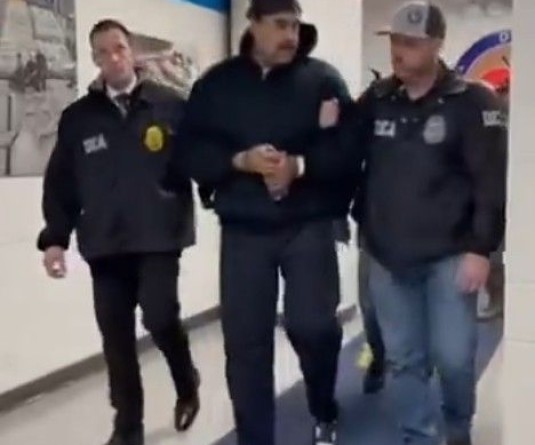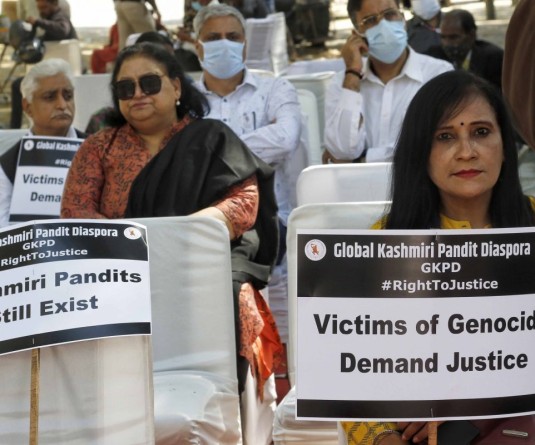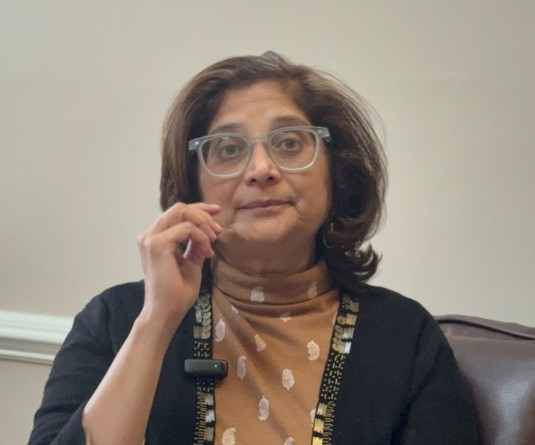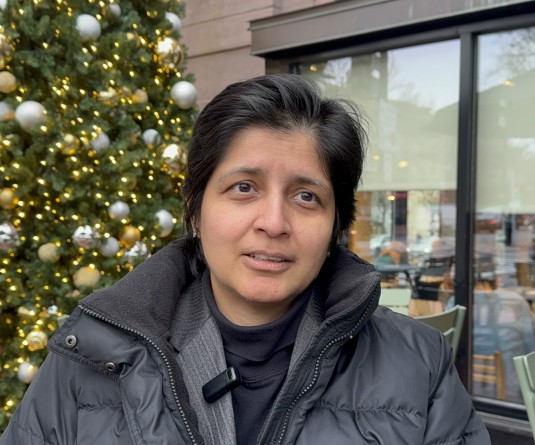Assam Rifles Photo

• Nagaland govt and police have to be ‘more visible’
• Says it's for the govt to decide on AFSPA
Morung Express News
Dimapur | January 5
The state government and police ‘have to be more visible’ in counterinsurgency and tackling issues like ‘unabated extortion’ in Nagaland, Director General of the Assam Rifles (DGAR) Lieutenant General Pradeep Chandran Nair said in an interview.
Speaking to The Week magazine recently, the DGAR claimed that ‘extortion’ by the Naga groups began in 1947 at a time when the Naga National Council (NNC) needed funding and voluntary contributions started.
“It became a matter of pride for every family to pay donations for the ‘Naga cause’. Over the years, the purpose of collection and utilisation of that money changed. It created millionaires from the unabated extortion, which is termed by the Naga groups as ‘Taxation,’” he claimed in the interview with Rabi Banerjee.
Groups like ACAUT (Against Corruption and Unabated Taxation) formed in 2014 “created some hope,” but seem to “have lost its way,” Nair further observed.
However, he noted that civil organisations like ACAUT is the way forward, adding that “Extortion is still happening and is streamlined” through bank transactions.
He further maintained that daily Assam Rifles is arresting armed cadres involved in extortion.
In this connection, he stressed that the “State government and police have to be more visible.”
As the demands for repeal of the Armed Forces (Special Powers) Act, 1958 continue to grow in the North-East, the DGAR cited the case of Manipur stating: “Maximum extortion takes places where AFSPA has been withdrawn (the 33 sq km in Imphal valley), which is also called the de-notified area.”
Realisation has to dawn on the common people, he said, while adding that the security forces “cannot always protect them from intimidation.” That is the job of the police, he said.
“As far as the ceasefire is concerned, it is something very challenging to enforce. All we can do is report ceasefire violations to the chairman of the ceasefire monitoring group,” Lt General Nair said, explaining that the AR cannot book them if they violate rules. “It has to be a police case, and police should book them for carrying a weapon,” he said.
As for the repeal of AFSPA, the DGAR said “It is for the government to decide, but I do hope you understand the compulsions that we face in a counterinsurgency environment.”
With regard to the civilian killings in Oting and Mon on December 4 and 5, General Nair termed the unfortunate incidents as “aberrations.”
Nair also addressed the impact of the Myanmar coup on the Indo-Myanmar border and the threat India faces from the China-backed insurgency and drug trafficking in the northeast.
He said that currently, 19 battalions are engaged in border-guarding roles, and they cover 26,000 sq km of a total of 46,000 sq km being taken care of by the 46 battalions. “Counter insurgency role for us is in Nagaland, Manipur, Assam and Tirap, Changlang and Longding (TCL) areas of Arunachal,” he said, underscoring the “enormity of the task at hand” given the dual role, geographical aspects, and existing cross-border linkages.
According to General Nair, after the change of dispensation in Myanmar in February 21, 2021, large sections of people are huddling in the border areas to cross over to India. In the last one month, around 4,000 of them arrived in Mizoram but more than half have been sent back, he informed.
Responding to a question on if armed groups from India are taking advantage of the volatile situation in Myanmar, Nair said that the only Naga group which is in confrontation now is the Yung Aung led NSCN K, which he said “are now weakened after Niki Sumi surrendered with his people.”
While the Army is also deployed in the region for counter-insurgency operations, the DGAR said the Army is limited to a certain part in upper Assam.
“Rest of the Army, which was earlier deployed in counter-insurgency, is now rightfully deployed on the northern borders with China,” leaving the areas they were covering under the Assam Rifles., he said.
“The government is aware of the Chinese threat in the northeast in the form of conventional war and also in its capability to fuel insurgency,” Nair added while viewing that raising more battalions for the AR would help alleviate the current and future challenges in the northeast.
On China’s “interference” Nair further noted that China, “understood the significance of the money involved in illegal drug trade. So, they shifted it to the Golden Triangle (the area where the borders of Thailand, Laos and Myanmar meet),” which is strategically more important.
According to him, 87% of the contraband and drug movement takes place at Moreh in Manipur and the rest in Mizoram. Attributing the high drug trade to lack of adequate police stations especially in isolated locations, the DGAR said that smugglers on the other sides of the border are able to cross over or get the contraband across.
“In 2019, the home minister said he would want additional 60 police stations in the northeast Border States. Only three in Manipur have come up so far, and not one has come up in Nagaland and Mizoram. Assam Rifles need assistance from the local police as they have the power besides local intelligence,” he asserted.
Stating that all previous DGs have sought police power, he said that the Assam Rifles’ achievements in arresting cross-border activities would be much better if the same is made available.






